
The patient had a history of bronchial asthma and regularly used corticosteroids for a long time without medical prescription. In addition, she had a stroke that left her left side paralyzed two years ago and was being treated for high blood pressure, but it was unclear what medication she was taking.
Upon admission, the patient had severe cellulitis of the face, forehead, and crown caused by Staphylococcus aureus. The affected areas were swollen, red, and oozing pus, accompanied by sepsis.
According to her family, about 20 days before being admitted to the hospital, Ms. Q had clusters of blisters on her face and top of her head. She was treated at a lower-level hospital for 7 days, but her condition did not improve, the lesions spread, she was severely swollen and oozing pus, so she was transferred to the Central Hospital for Tropical Diseases.
Dr. Nguyen Hong Long, Deputy Head of the General Infection Department, said: “The patient was hospitalized in a state of severe infection after having shingles that was not detected and treated promptly, leading to widespread cellulitis in the face and scalp. CT scans of the brain showed suspected osteomyelitis.”
After 7 days of intensive treatment, the infection was controlled. However, the scalp was extensively necrotic, requiring surgery to remove necrotic tissue and install a negative pressure suction system to clean the lesion.
Master, Doctor Nguyen Ngoc Linh, specializing in Aesthetic Plastic Surgery, said that herpes zoster in the hair-bearing scalp is a rare disease. In this case, the patient was elderly and had a weakened immune system due to prolonged use of corticosteroids, causing widespread and severe damage. Staphylococcus aureus bacteria had penetrated deep into the subcutaneous tissue, causing necrosis in some areas. This is a very complicated case of staphylococcus aureus infection of the head, with a large degree of necrosis and the risk of inflammation spreading to the skull bone, even to the brain parenchyma, if not treated promptly.
The patient then underwent surgery to remove all necrotic tissue, and at the same time, a negative pressure suction system (VAC) was installed - a device that helps remove dirty fluid, necrotic tissue, bacteria, clean the inflammation and stimulate the formation of new granulation tissue. After 1-2 weeks of treatment with this system, when the inflammation is controlled, the doctors will proceed to shape the damaged scalp to restore the damage.
According to Dr. Linh, the main cause of severe necrosis in patients is due to late treatment of shingles, combined with immunodeficiency due to prolonged use of corticosteroids. This is a favorable condition for bacteria to invade, causing dangerous complications.
Fortunately, after intensive treatment, the infection was controlled and the scalp lesions are recovering well.
Dr. Nguyen Nguyen Huyen, Director of the Center for Disease Control and Prevention - Central Hospital for Tropical Diseases, recommends: "People aged 50 and over, especially those with underlying diseases or weakened immune systems, should proactively get vaccinated against shingles. This vaccine not only helps reduce the risk of getting the disease but also eases the severity of symptoms if they are unfortunately infected. This is a proactive and effective measure to help the elderly protect their health and improve their quality of life."
Dr. Huyen also emphasized that when initial signs such as burning pain, red rash or blisters on the skin appear, patients need to see a doctor early for timely diagnosis and treatment, avoiding the risk of serious complications such as necrosis, sepsis or prolonged nerve damage.
Source: https://baolaocai.vn/canh-bao-nguy-co-bien-chung-nang-ne-do-zona-post648807.html




![[Photo] National Assembly Chairman Tran Thanh Man attends the VinFuture 2025 Award Ceremony](/_next/image?url=https%3A%2F%2Fvphoto.vietnam.vn%2Fthumb%2F1200x675%2Fvietnam%2Fresource%2FIMAGE%2F2025%2F12%2F05%2F1764951162416_2628509768338816493-6995-jpg.webp&w=3840&q=75)

![[Photo] 60th Anniversary of the Founding of the Vietnam Association of Photographic Artists](/_next/image?url=https%3A%2F%2Fvphoto.vietnam.vn%2Fthumb%2F1200x675%2Fvietnam%2Fresource%2FIMAGE%2F2025%2F12%2F05%2F1764935864512_a1-bnd-0841-9740-jpg.webp&w=3840&q=75)

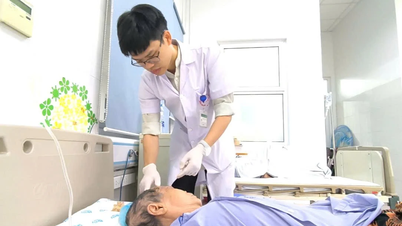

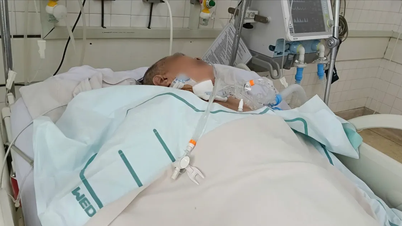

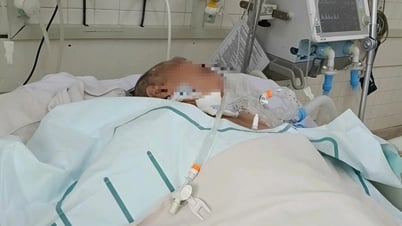



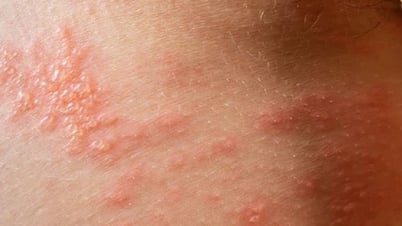








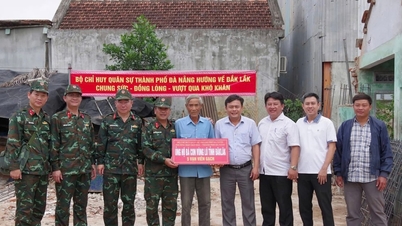















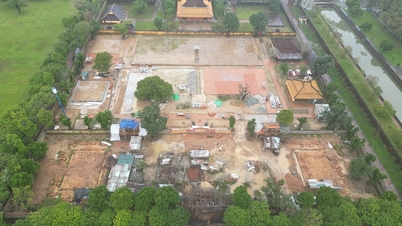




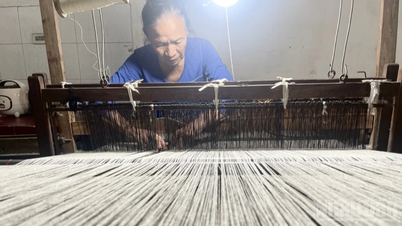
















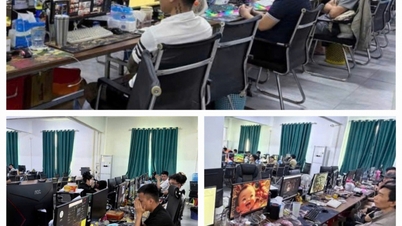























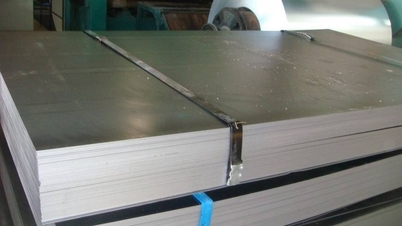




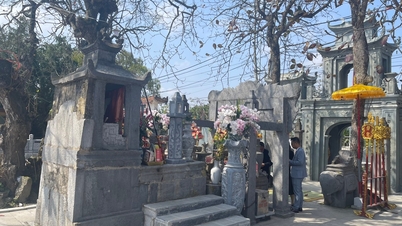


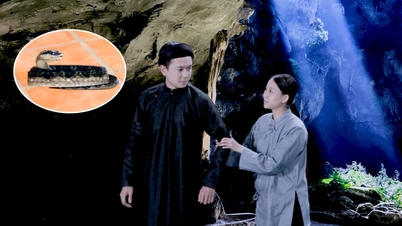

















Comment (0)